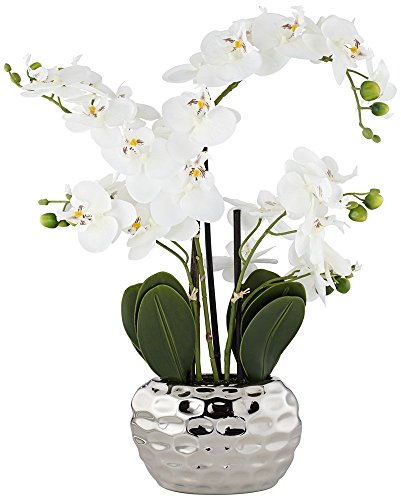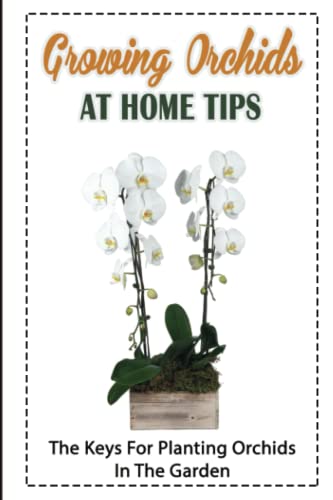Agree on that, BUT unless they touch, or are wetted by water containing nutrients, they will not absorb it.Bjorn, I think the hairs on paph roots are exactly where nutrients are taken up (at least some) And on the contrary, they are supremely efficient at nutrient uptake. That is why an orchid can survive with just 2 live roots where any other plant would die.
If the CEC is low, yes it happens, except for the adsorbed species. In my opinion, the whole concept of CEC gets questionable for orchids. While regular plants have lots of fine hair roots that can get to and exchange adsorbed cations by manipulating the pH in the rhizosphere, orchids do not have that fine web of hair-roots (except for the fur on the paphs) So if "the next" soil-particle has a lot of cations (nutrients) adsorbed on it, it will not be available for the orchid.I'm not sure what you mean here. Obviously if the roots (of any plant) are not in contact with a substrate particle it is impossible for the root to take up anything from that particular site. (Unless water liberates the nutrient and carries it to the root - which happens constantly)
So when you fertilise, what you do is that you saturate the velamen with nutrients, and adds to any CEC-sites in the aggregates. At the next watering (without fertiliser) the surplus (not adsorbed) nutrients get flushed out of the system, perhaps some of it is adsorbed by the roots, and the roots are gradually deprived of nutrients as they are consumed by the plant, waiting for the next dose of fertiliser.
You might notice that my hypothesis is that the velamen acts as the main source of CEC for orchids. And it has to be refilled. Best is to refill with a constant but low concentration of the right nutrients. The bonding of the cations to the CEC-sites is pH dependent. At low pH the cations are more loosely bound than at higher pH. For some substrates it has previously been speculated if the CEC was so high that they adsorbed so much (notably K and CHC) that they over time actually became "poisonous" for the roots. Questionable but perhaps, at higher pH (>7?) it might?
Another thing, if it is true that the velamen is the prime source of CEC, then, once the active sites are occupied, further increase in fertiliser concentration should not give much effect, except for the detrimental effect that high salts concentration has. In my mind, most fertilisation that is going on is a waste of nutrients:evil:
I tend to agree with you Mike that the proportions are more important than we normally think of. The problem is of course that in many cases, the opimal composition for one species might not be so optimal for another one
than the adsorbed cations. Once you have flushed out the fertiliser solution, there is not much available for the orchids (perhaps unless you start water with slightly acid water that liberates cations from the CEC-sites)Confused. More important than what?




































